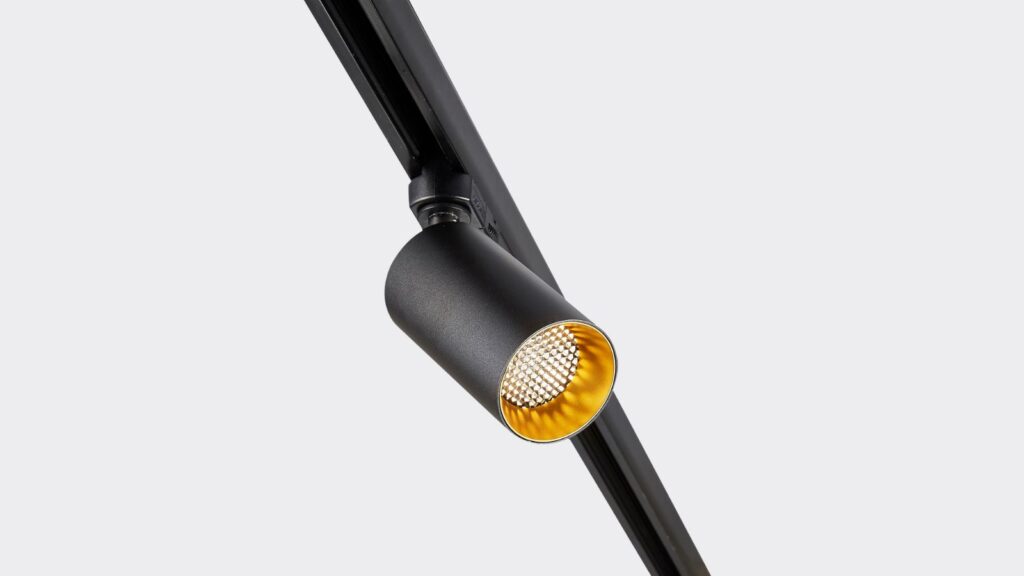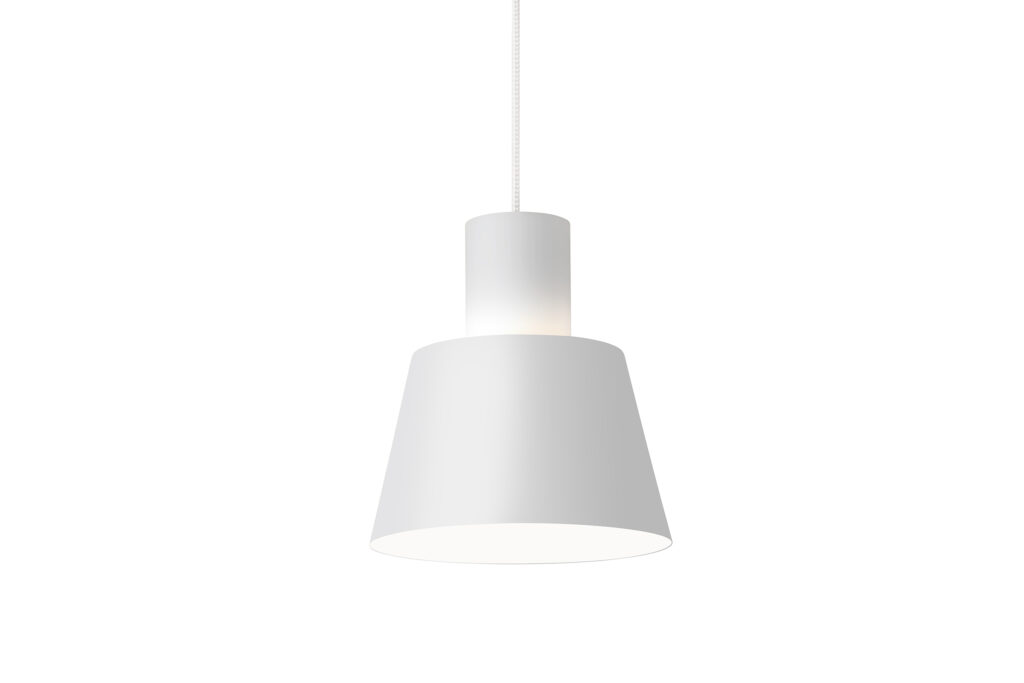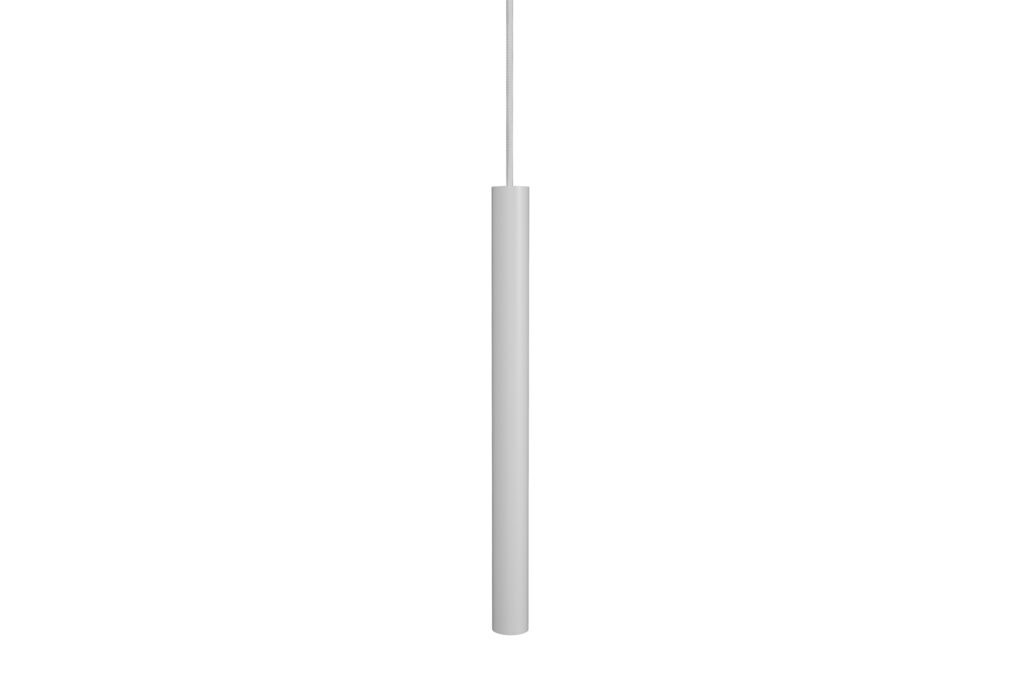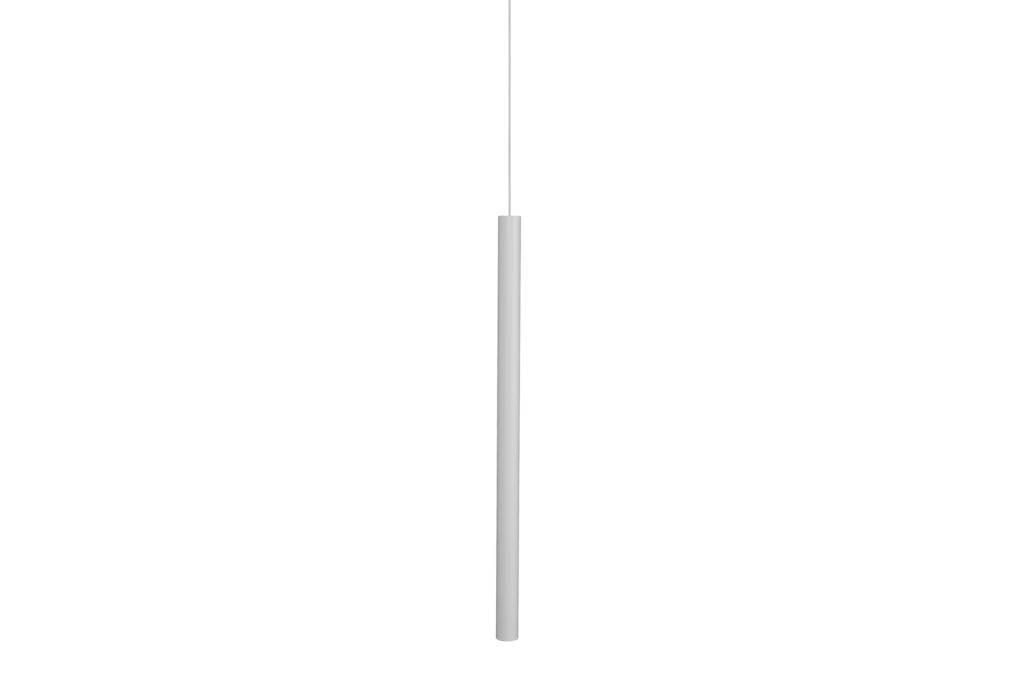Ergonomics and office lighting: How light affects productivity and well-being
- Af Mette Bergholdt
- Last updated 4. March 2024
Many have jobs where they spend many hours daily in an office and in front of a screen. Here, an ergonomic work environment is important, where it’s comfortable and pleasant to be.
Ergonomics in the workplace is not just about the right chair or desk height; lighting also plays a crucial role in our well-being and efficiency, as you can read more about here.
If you want to know more about office lighting, we have gathered good advice and inspiration in the post below.

A bit about the author:
Mette Bergholdt
Share post:
Related posts:
The ultimate guide to task lighting in different environments
The importance of good office lighting
The light in the workplace directly influences our ability to perform tasks efficiently and with minimal strain. Too strong light can cause glare and discomfort, while too weak light can force the eyes to work harder to focus.
Both scenarios can result in headaches, fatigue, and a general feeling of malaise, which not only affects the individual’s work performance but also the well-being in the workplace. This can ultimately increase the number of sick days.
Moreover, light also plays a role in the regulation of our circadian rhythm. The right light at the right times can help maintain a healthy circadian rhythm, which is important for our sleep quality and overall well-being.
Therefore, investing in quality lighting can be seen both as an investment in employee health and the company’s bottom line.
Natural light vs. artificial light in the workplace
Daylight is considered to be the most ideal form of lighting in the workplace. It helps both to regulate our circadian rhythm, improve our overall well-being, and maintain a high level of concentration. To make the best use of daylight in the workplace, it’s a good idea to position desks parallel to the windows to maximize exposure to natural light without creating direct glare on the screen.
Unfortunately, daylight can rarely stand alone, as there are several factors, such as building design, geographical location, and season, that often limit the amount of natural light.
In situations where natural light is limited, artificial lighting becomes crucial in maintaining a productive and comfortable work environment.
Ergonomic lighting design
An ergonomic lighting design takes several factors into account, including light intensity, colour temperature and placement of light sources.
Light intensity and colour temperature
As mentioned earlier, daylight is the best form of light in terms of concentration ability. Therefore, it’s a great advantage if one can create a lighting environment that mimics natural light.
To achieve this, it’s important to consider the color temperature of the light sources, which is measured in Kelvin.
A low Kelvin provides a warmer light, while a higher Kelvin gives a more white/blueish light. For workplaces, it’s recommended to use light sources between 3000-4000 Kelvin.
In addition to Kelvin, the brightness, which is indicated in lumens, is another important factor to consider. The higher the value, the more powerful the light. Here, you need to find a good level where the light is neither too weak nor too bright.
Placement of light sources
To avoid glare and shadows, which can lead to eye strain, light sources should be strategically placed in the work area and preferably come from the side rather than directly above.
Adjustable desk lamps can also be a good solution, as they allow individual employees to adjust the lighting according to personal preferences and tasks.
To achieve an even distribution of light, you can, for example, use track systems with spotlights as the primary light. Here, the spots should be directed towards walls and other surfaces that reflect light. You can also choose ceiling lights, which in themselves provide a more diffuse light.





